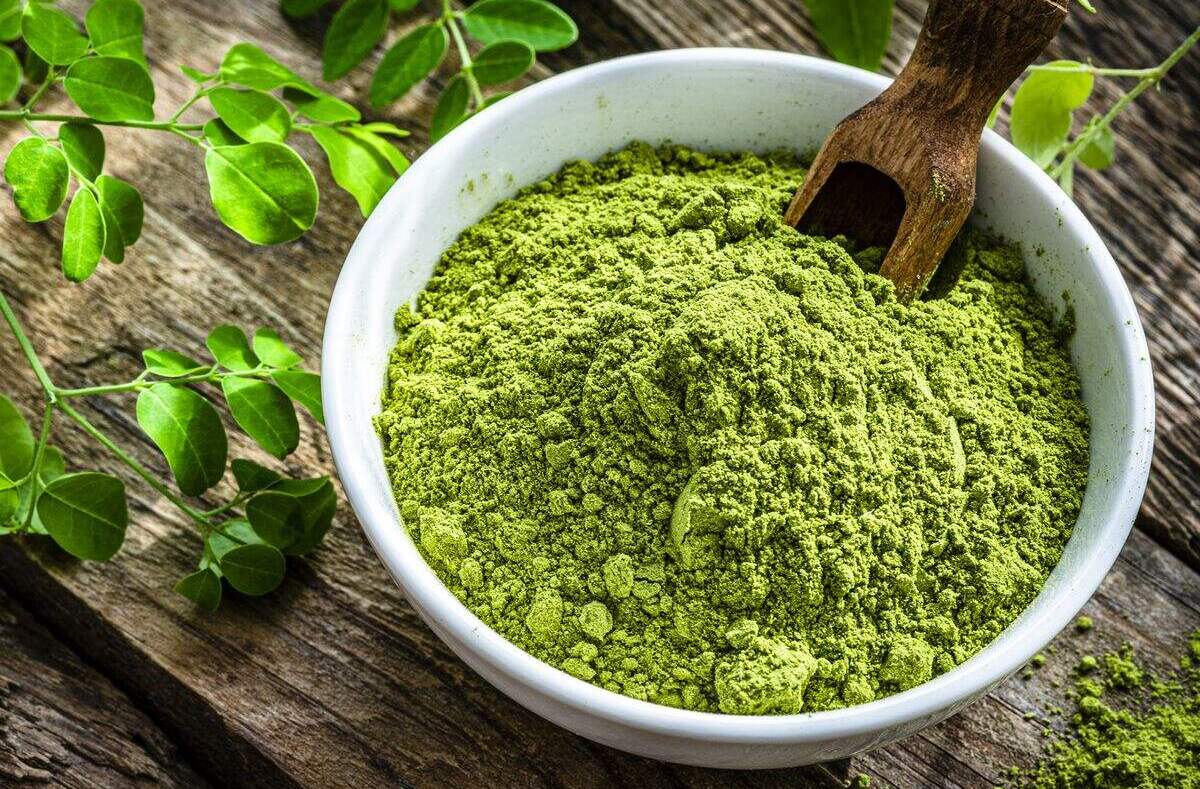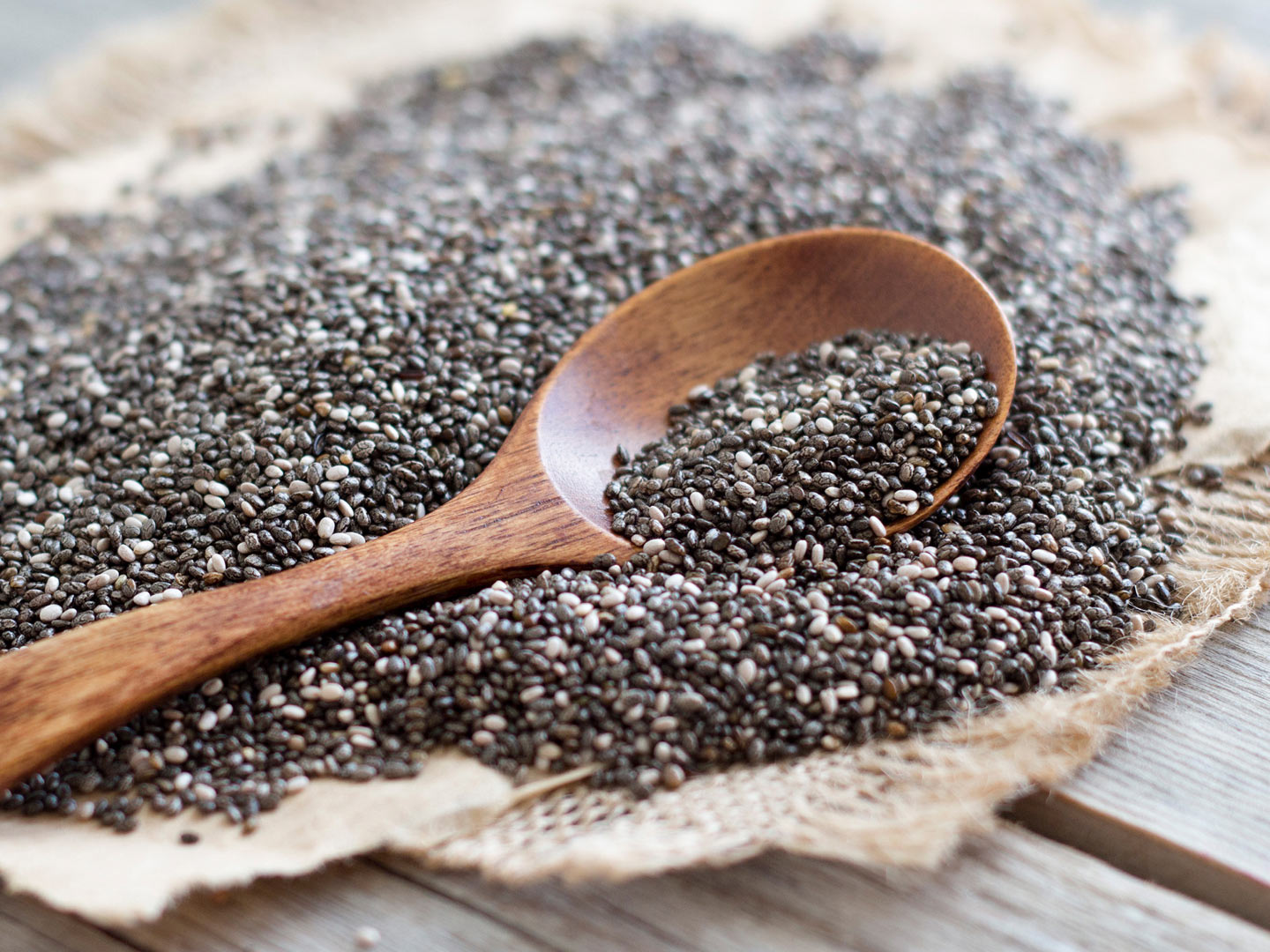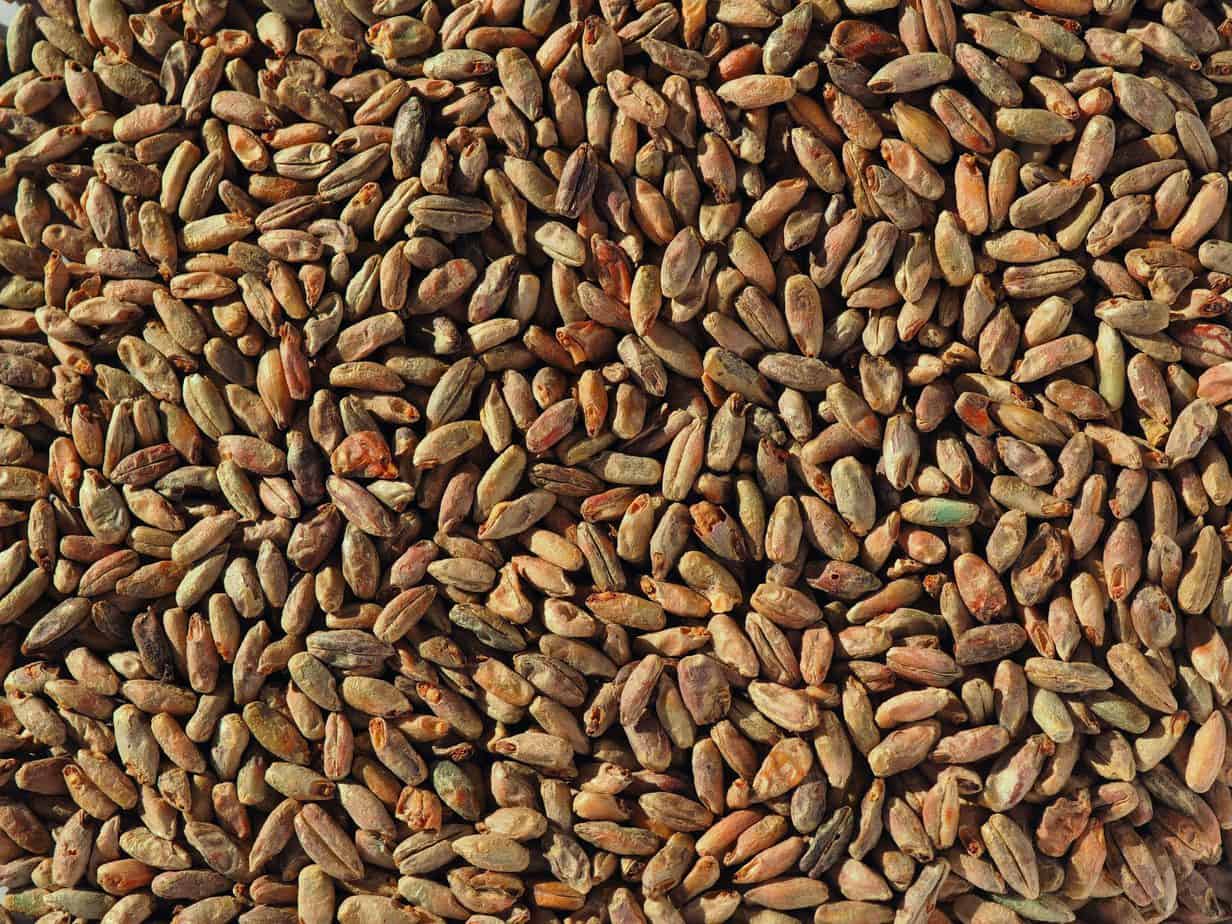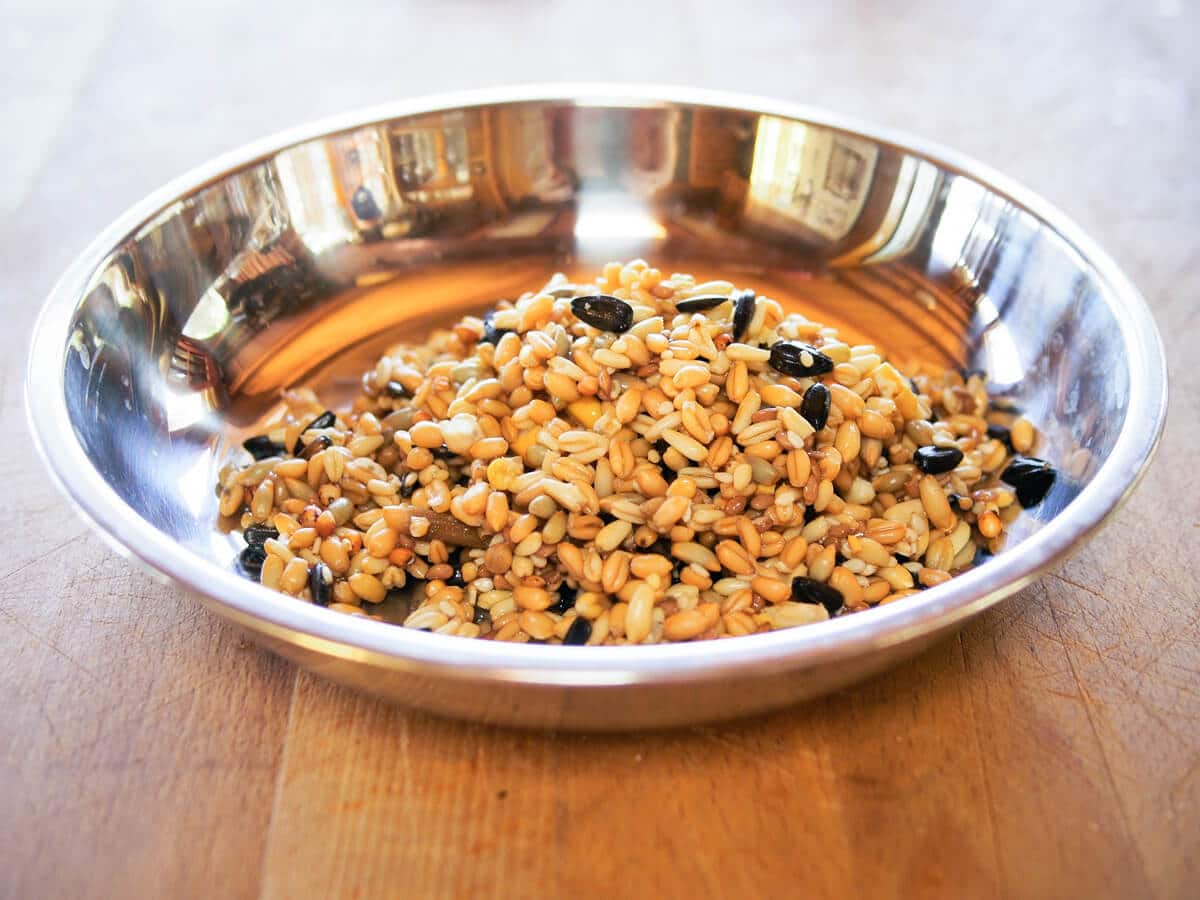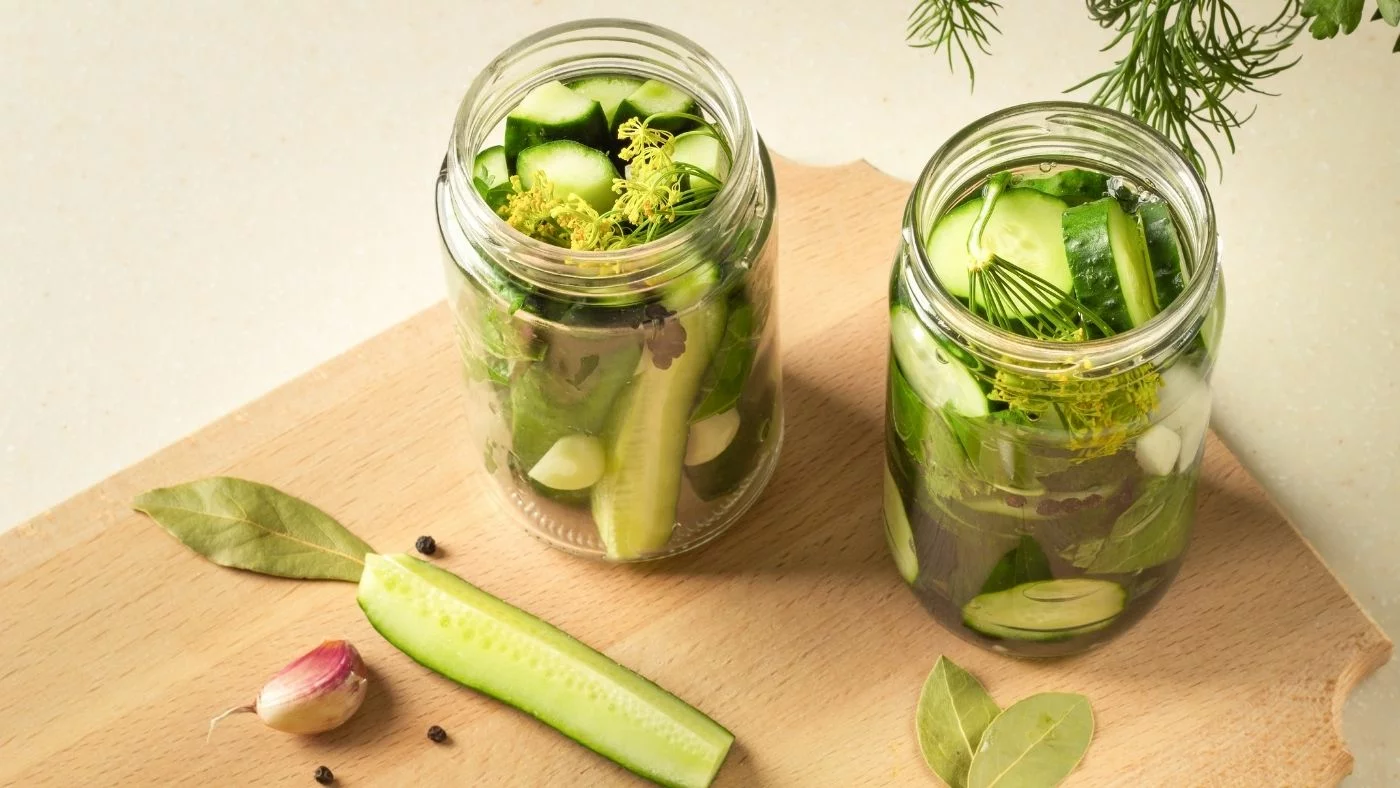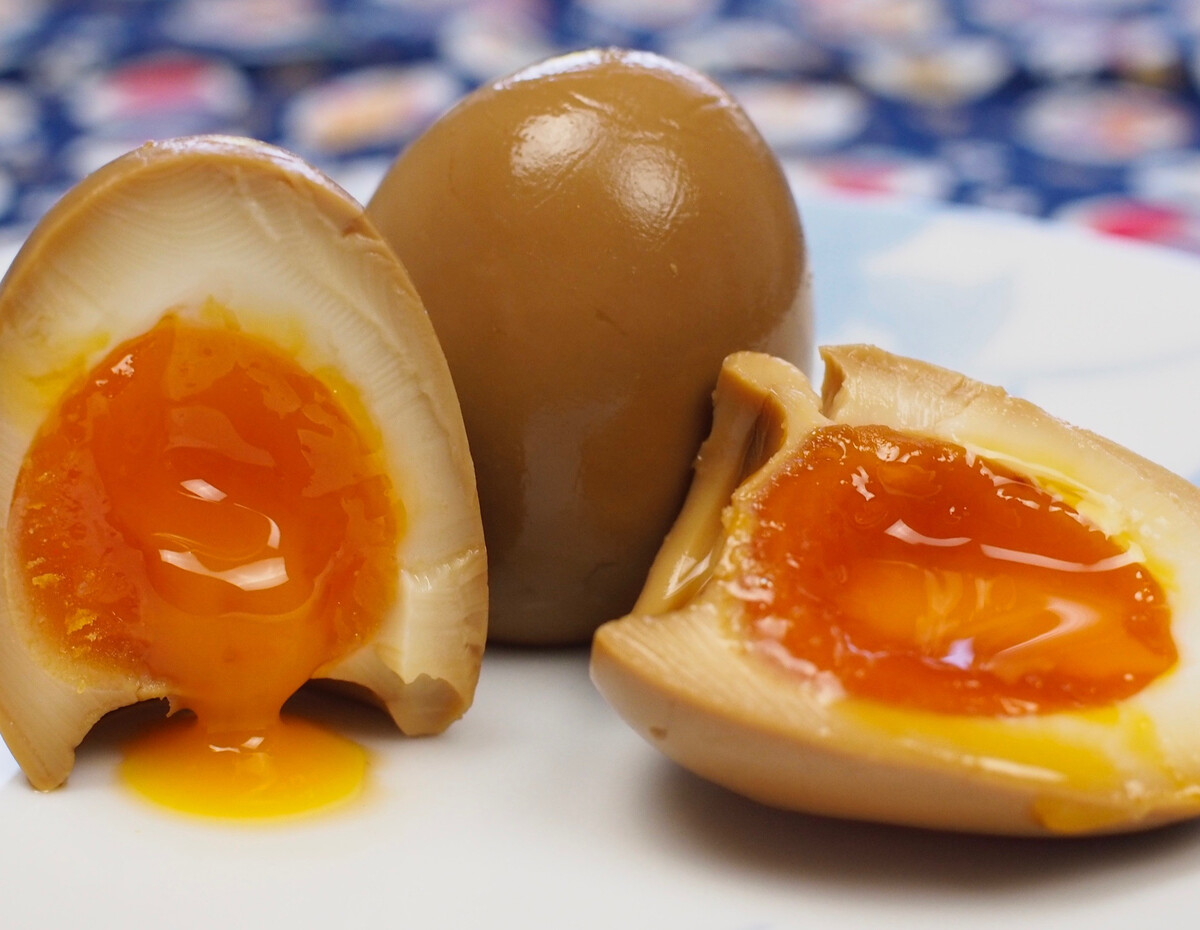Unlocking the Magic of Fermented Pomegranate Juice
Welcome to the wonderful world of fermentation! If you’re a fan of pomegranate juice and are curious about exploring the realm of fermentation, you’re in for a treat. Fermenting pomegranate juice is a delightful way to create a tangy, probiotic-rich beverage that’s not only delicious but also packed with health benefits. In this guide, we’ll walk you through the simple and rewarding process of fermenting pomegranate juice at home.
What You’ll Need
Before you embark on your fermentation journey, gather the following supplies:
- 1 gallon of pomegranate juice
- 1 packet of active dry yeast
- 1 cup of sugar
- Large glass jar
- Airlock lid
- Funnel
- Strainer
- Bottles for storage
The Fermentation Process
Now that you have all your supplies ready, it’s time to get started on fermenting your pomegranate juice. Follow these simple steps:
- Start by pouring the pomegranate juice into the large glass jar using the funnel.
- Add the sugar to the juice and stir until it dissolves completely.
- Sprinkle the packet of active dry yeast over the surface of the juice and let it sit for a few minutes.
- After the yeast has hydrated, gently stir it into the juice.
- Secure the airlock lid onto the jar to allow carbon dioxide to escape while preventing oxygen from entering.
- Place the jar in a dark, room-temperature spot and let the fermentation process work its magic for 3-5 days.
- After the initial fermentation period, strain the fermented pomegranate juice to remove any sediment.
- Transfer the strained liquid into bottles for storage.
- Seal the bottles and store them in the refrigerator to slow down the fermentation process.
The Art of Patience
As your fermented pomegranate juice rests and develops its unique flavors, it’s important to exercise patience. The fermentation process takes time, and the flavors will continue to evolve over the coming days. Keep an eye on the carbonation levels, and once you’re satisfied with the taste, move the bottles to the refrigerator to halt the fermentation process.
Enjoying Your Fermented Pomegranate Juice
Once your fermented pomegranate juice is ready, it’s time to savor the fruits of your labor. Pour yourself a glass of the tangy, effervescent beverage and relish in its unique flavor profile. You can enjoy it on its own, use it as a mixer in cocktails, or even add a splash to your favorite smoothie for a probiotic boost.
Remember, the beauty of fermenting pomegranate juice lies in its versatility and the opportunity to get creative with how you enjoy it. Share your creation with friends and family, and perhaps inspire them to embark on their own fermentation adventures.
Final Thoughts
Fermenting pomegranate juice is a rewarding and enjoyable process that yields a delightful and healthful beverage. As you become more familiar with the art of fermentation, don’t hesitate to experiment with different flavors and techniques. Embrace the journey and relish in the joy of creating your own probiotic-rich concoctions. Cheers to the magic of fermented pomegranate juice!
For those looking to experiment with fermentation, this guide offers a range of exciting recipes to try. Start your day with a Probiotic Pomegranate Overnight Oats, a nutritious and flavorful breakfast that supports gut health. For a refreshing drink, the Fermented Pomegranate Lemonade is a tangy and zesty option that's perfect for a hot day. If you're in the mood for something more adventurous, the Pomegranate Fermented BBQ Sauce adds a unique twist to your grilled dishes, making your meals unforgettable. Don't miss out on the Probiotic Pomegranate Margarita, which combines the benefits of fermentation with a fun, social drink. Each of these recipes leverages fermented pomegranate juice to create delicious and health-boosting options.
Was this page helpful?
Read Next: How To Ferment Barley

